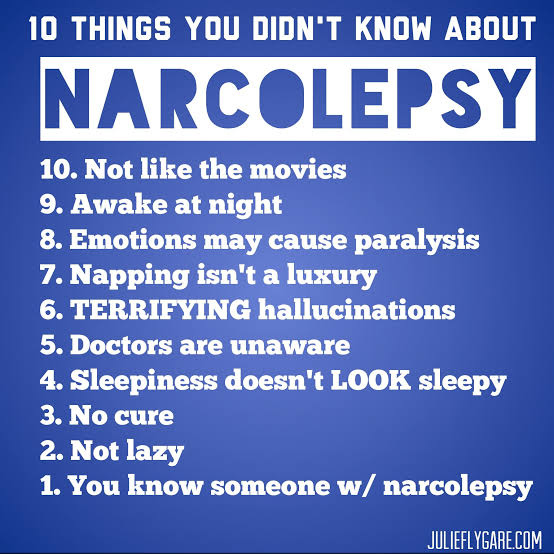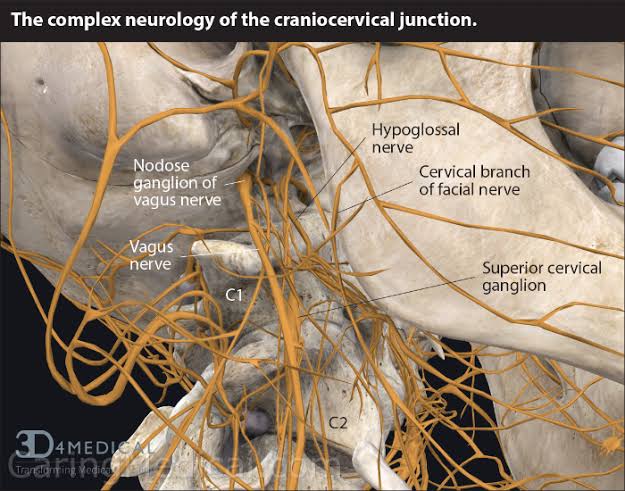Nowadays, there is an increase in many diseases associated with sleep. People’s lifestyles and sleep planning also affect this increase. Some of these diseases have genetic beginnings, while some sleep-related diseases are the result of daily routines. Narcolepsy is defined as a chronic sleep disorder. Although the exact cause of the disease is unknown, it is thought to occur depending on genetic factors and lifestyle. Narcolepsy is also referred to as falling asleep and sleeping standing among the people. The most obvious feature of this disease is that you suddenly fall asleep during non-normal time periods. Timeless sleep we wanted to look at the details of this interesting disease that caused their attacks.
What is narcolepsy?
Narcolepsy is a type of disease that affects the nervous system. People with this disease have an unnormal sleep state during the day. According to research, this disease is chronic. The incidence of the disease is about 0.5-2. The disease usually occurs between the ages of 10 and 25’. Diagnosis is a rather difficult type of disease. Therefore, patients may be diagnosed late or misdiagnosed. One of the right known mistakes about narcolepsy is that this disease is more intense late. But that is not considered true. Because of this, patients diagnosed with narcolepsy also have intense drowsiness and sleep attacks during daytime hours.
The vast majority of people with narcolepsy may experience temporary loss of muscle control known as cataplexy. Narcolepsy alone does not cause any fatal danger. However, sleep attacks and lethargy conditions seen in patients during the day can lead to accidents and injuries. Speaking of other effects of the disease, it can be listed that individuals have difficulty running their business and have problems with the communications they establish in their daily lives.
What are the symptoms?
Narcolepsy is a disorder that leads to incontrovertible sleep attacks during the day. Individuals suffering from this disease also feel constantly tired outside of sleep. Relaxation in the muscles of the diagnosed patients is among the symptoms of narcolepsy. Afterwards, during falling asleep, sudden loss of force occurs in the arm, leg and trunk. The symptoms of narcolepsy may vary from person to person. It is also common for symptoms to develop slowly over time or to manifest themselves suddenly within a few weeks. Although narcolepsy is a chronic disease, some symptoms decrease with aging. It is important that the patient be examined by a specialist in order to be diagnosed with narcolepsy. The most common symptom of the disease is described as excessive sleepiness during the day.
Narcolepsy is a disorder that seriously affects daily life and reduces the quality of life. Feeling sleepy during the day and experiencing sudden sleep attacks brings about a loss of concentration. Sleep crises that develop suddenly are considered from another serious symptom of the disease. It is unclear when the attacks will occur and how long they will continue. To summarize the symptoms of narcolepsy briefly: Sudden sleep attacks, persistent fatigue, loss of strength in the arm, leg and trunk, sleep paralysis, sleep disturbance, hallucination when falling asleep or waking up from sleep, etc, the problem of dullness in the eyes, focus in the early hours of the day and sleepiness can be listed.
How is narcolepsy diagnosed
People who apply to the doctor due to excessive daytime sleepiness and sudden loss of muscle tone may be diagnosed with narcolepsy during the examination. After the preliminary diagnosis, a detailed evaluation is made. As a result of the evaluations, patients are referred to sleep specialist for the purpose of definitive diagnosis. A sleep analysis is performed by sleep specialists for a clear diagnosis of the disease. The patient with the suspicion of narcolepsy is monitored overnight under expert control. Certain questions are directed to the patient by the doctor to clarify the patient’s sleep history and sleep problems during the day. The connection of these problems with narcolepsy is investigated. If necessary, the patient may be asked to keep a sleep diary. With this stage, the doctor examines the relationship between wakefulness and sleep patterns.
At the stage of diagnosis of the disease, it is possible to get help from a test called polysomnography. With this test, the patient’s sleep signals are measured thanks to the electrodes placed on the scalp. This test measures the movement of the brain, muscles and eyes. In addition, with this test, the breathing dynamics of the patient is observed. The last test that is applied to patients will be a multiple sleep delay test that measures the time to fall asleep. For this test, the patient is asked to sleep at intervals of one to two hours during the day. With this stage, it is observed how long the patient falls asleep. As a result of all these tests, it is possible to diagnose narcolepsy to the patient.
What are the treatment methods for the disease?
One of the most curious topics about the disease is whether there is a treatment for narcolepsy! There is no permanent cure for narcolepsy. However, some medications may be prescribed by doctors to relieve the symptoms of the disease. Sodium oxybate is one of the drugs used in the treatment of narcolepsy for the calming of sleep and the prevention of sleep crises. Antidepressant medications also help patients control the symptoms they experience. However, we would like to remind you that these drugs should be used under the supervision of a doctor. Because high blood pressure and changes in heart rhythm can have a negative effect in some patients. It is important to be re-examined in the later stages of treatment. Depending on the course of the disease, there may be changes in the dosage of drugs under expert control.
Since, above all, there is no definite solution to the disease, people need to learn to live with narcolepsy. Planning their daily lives accordingly will be a step that makes the lives of patients easier. It can prevent chronic seizures when the patient creates short sleep routines of 20 minutes during the day. The fact that narcolepsy patients exercise 4 hours before sleeping at night also helps them to sleep more comfortably. Alcohol and cigarette consumption should not be carried out before going to sleep. It is important to establish a sleeping pattern. People with narcolepsy should take care to sleep and wake at the same time every day of the week. The support of the patient from his environment in this process also greatly facilitates the life of the person.



